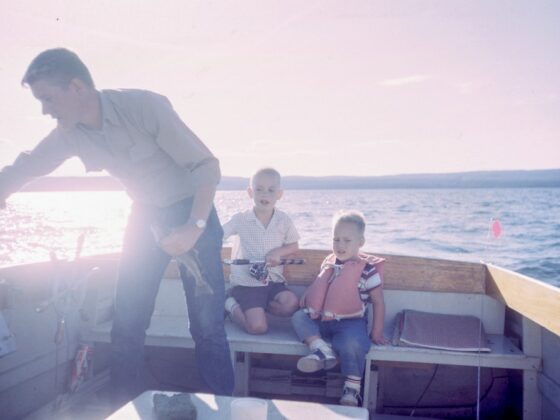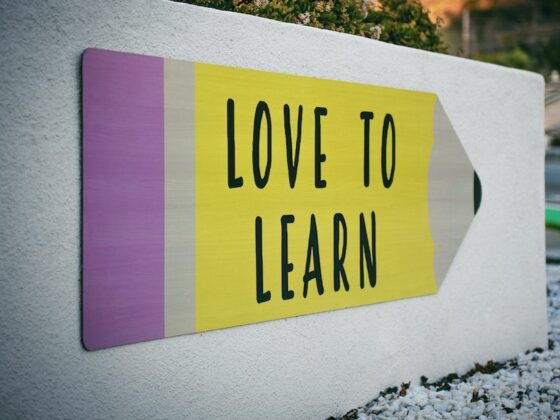Ever notice the margin drawings of Brain and his friends in the ThinkStretch summer workbooks? Link those drawings together, and you will travel with Brain on a summer road trip, or meet his first pet, or build a fort to beat all forts. In the 4th grade heading to 5th grade summer learning book, Brain goes on an overnight camping trip complete with ghost stories and a pizza zombie encounter. ThinkStretch does this just for the kids, because all work and no play makes Brain a dull guy!
Graphic novels require sophisticated visual thinking to link together disparate images into a narrative. In fancy education speak, graphic novels support metacognitive strategies for reading and writing. In the speech of a graphic novel lover, children use many different strategies when reading a graphic novel to determine the emotions of the characters, the passage of time, and the core plot elements. For example, children very quickly learn to identify text styles as an indication of emotion. With hints from the art style and motion, children identify the passage of time. By reading the lines of faces and the background visuals, students determine plot and foreshadowed events.
ThinkStretch is committed to providing students with a joyful learning experience. It is completely unnecessary to have a graphic novel in the margins of a skill review workbook – yet every ThinkStretch summer learning book has one. ThinkStretch was originally developed using feedback from teams of teachers, parents and kids, all of whom identified elements they believed would make summer learning successful. The kids told us that they needed it to be fun. They needed it to be different than school work. They needed to want to do it.
The Brain and his adventures are our commitment to a joyful learning experience.





